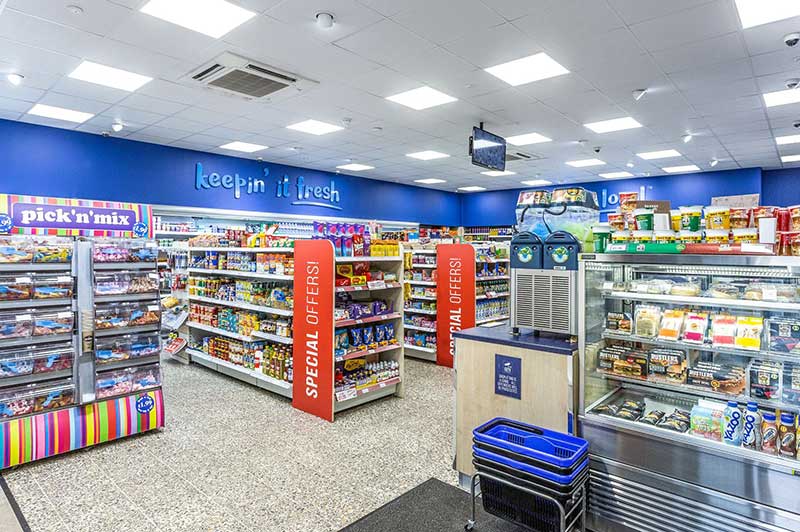In today's fast-paced world, consumer preferences and shopping habits have evolved significantly. Two key categories that shape consumer behavior and influence purchasing decisions are convenience goods and specialty goods. Understanding the distinctions between these two types of products is crucial for businesses aiming to meet customer demands effectively. In this article, we will delve into the definitions, characteristics, and market dynamics of convenience goods and specialty goods, shedding light on their significance in the contemporary marketplace.
- Defining Convenience Goods:
Convenience goods refer to everyday products that consumers purchase frequently and with minimal effort. These items are typically low-cost, widely available, and fulfill immediate needs. Examples of convenience goods include toiletries, snacks, beverages, and household supplies. Convenience goods are often found in supermarkets, convenience stores, and online platforms, ensuring easy accessibility for consumers.
Characteristics of Convenience Goods:
- Frequent Purchases: Convenience goods are bought regularly due to their perishable nature or constant demand.
- Low Involvement: Consumers tend to spend minimal time and effort in the decision-making process when purchasing convenience goods.
- Brand Loyalty: While price and availability play a role, brand loyalty is often a key factor in convenience goods' purchase decisions.
- Impulse Buying: The convenience factor often leads to impulse purchases, especially when these goods are strategically placed near checkout counters.
- Understanding Specialty Goods:
Specialty goods, on the other hand, are unique, high-quality products that cater to specific consumer preferences or niche markets. These goods are often associated with higher price points and are not readily available in every retail outlet. Examples of specialty goods include luxury watches, artisanal chocolates, handcrafted furniture, and limited-edition collectibles.
Characteristics of Specialty Goods:
- Unique and Exclusive: Specialty goods possess distinct features, craftsmanship, or attributes that set them apart from mass-produced alternatives.
- Targeted Consumer Base: Specialty goods appeal to a specific group of consumers who value craftsmanship, rarity, and exclusivity.
- Higher Price Points: Due to their unique qualities and limited availability, specialty goods often command premium prices.
- Selective Distribution: Specialty goods are typically sold through specialized retailers, boutiques, or online platforms that cater to their target audience.
- Market Dynamics and Consumer Behavior:
The market for convenience goods and specialty goods is influenced by various factors, including changing consumer preferences, technological advancements, and evolving retail landscapes. Understanding these dynamics is crucial for businesses seeking to optimize their product offerings and marketing strategies.
Consumer Preferences:
- Convenience goods cater to consumers seeking immediate gratification, time-saving solutions, and everyday necessities.
- Specialty goods appeal to consumers who prioritize uniqueness, quality, and the emotional value associated with owning exclusive products.
Retail Strategies:
- Convenience goods benefit from wide distribution networks, strategic product placement, and competitive pricing to capture impulse purchases.
- Specialty goods require targeted marketing, personalized experiences, and curated retail environments to attract discerning consumers.
Conclusion:
In the modern marketplace, convenience goods and specialty goods play distinct roles in shaping consumer behavior and influencing purchasing decisions. While convenience goods focus on meeting everyday needs with ease and accessibility, specialty goods cater to consumers seeking unique, high-quality products that reflect their individuality. By understanding the characteristics and market dynamics of these two categories, businesses can tailor their strategies to effectively meet consumer demands and thrive in the ever-evolving retail landscape.

